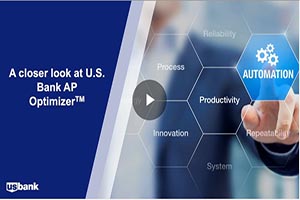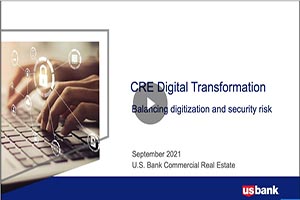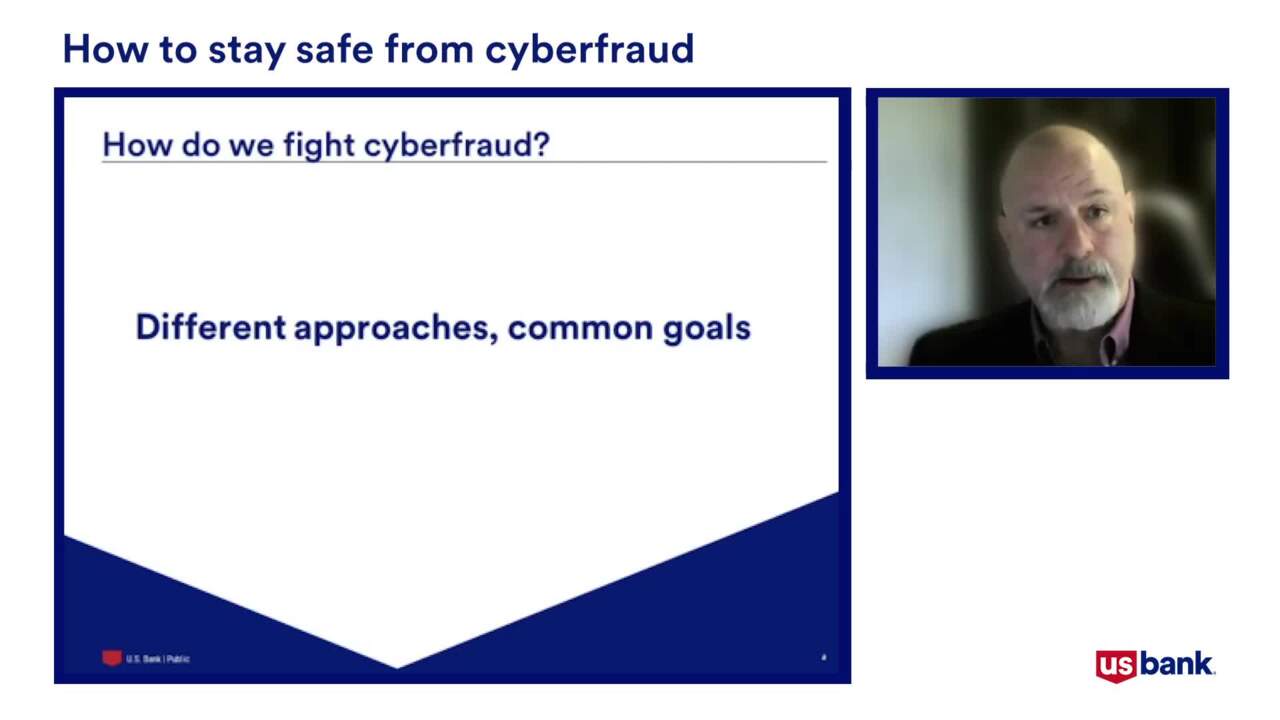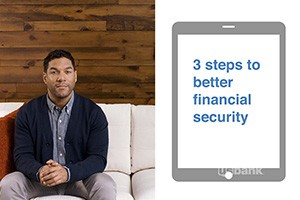Protecting your bank account can be done quickly and easily from your bank’s mobile app. Follow these simple steps to keep assets and personal information safe.
In the digital age, it’s more important than ever to protect your identity and financial information — no matter where you are. The U.S. Bank Mobile App and online banking have advanced tools to help you more safely and conveniently handle your finances. You can deposit checks from home, keep tabs on account balances, and pay bills securely.
Here are five mobile banking tips for stronger security and more control over your money.
Mobile banking tip 1: Pay your bills online
Online bill pay lets you use your bank’s online site or mobile app to pay all your bills in one place. This can eliminate the need to log into multiple sites or mail checks each month.
It’s quick and easy to set up. You simply log into your account, fill out your bill provider’s information and authorize your bank to send payments. Payments can be sent electronically to the payee or in the form of a paper check. You can even pay billers who aren’t set up online. Many mobile banking apps also allow you to deposit checks via the app by taking a picture with your smartphone.
Online bill pay comes with big security benefits. For one, it’s safer than sending payments via mail. There’s a greater risk of your personal information ending up in the wrong hands when it’s physically traveling around on paper. Plus, paying all bills in one secure location reduces the risk of one or more of your individual accounts being compromised.
Mobile banking tip 2: Set up automated payments
Many banks also allow you to automate online bill payments. This can protect you from incurring fees or damaging your credit score due to late or missed payments.
You can choose to make recurring payments for specific payees and select the amount you want automatically paid each month. It can be a specific, fixed amount, which might be a good choice for your rent or mortgage payment. Or you can set it to pay the current balance or minimum amount due on the bill each month.
Mobile banking tip 3: Switch to paperless statements
When you set up mobile or online banking, you’ll have the option to switch to paperless statements. This means you’ll receive all statements and documents electronically. Going paperless not only reduces your carbon footprint, but also lowers your risk of mail fraud and identity theft. This is because you’ll no longer need to dispose of your statements in the trash or recycling.
Mobile banking tip 4: Access your account information from anywhere
Online and mobile bank accounts store – and allow you to conveniently access – all your account information and payment records in one place. You can check your balance anytime, or you can view, save, download or print your monthly statements and transaction history. You can also monitor account activity and spot any unauthorized or double charges.
Mobile banking tip 5: Stay informed with account alerts
Another valuable financial management tool, automated account alerts can be set up to notify you of important or suspicious activity. Think: new statements, balance updates or declined transactions. You can also set up text or email alerts with your online bill pay service. The alerts can notify you when a payment is due or when automatic payments are scheduled or have been processed. Choose and customize alerts you want to receive, such as:
- Payment due dates
- Scheduled autopayments
- Newly available statements and other online documents
- Balances that exceed or fall below a dollar amount you choose
- Negative balances
- Declined transactions
Ready to get started with the U.S. Bank mobile app?








































































